Originally published by The Urban Developer, EXCLUSIVE VANESSA CROLL WED 13 AUG 25 https://www.theurbandeveloper.com/articles/cbre-childcare-shortfall-three-day-guarantee-billbergia-ray-white
Australia is heading for a $4-billion childcare shortfall as new policy unleashes demand faster than the market can build.
From January of 2026, 126,000 more children will be eligible for subsidised early education under expanded Commonwealth reforms.
CBRE’s latest social infrastructure report warns the current delivery rate—slowed by rising costs, planning delays and feasibility pressures—can’t keep pace.
With national construction costs averaging $30,000 to $35,000 per licensed childcare place—meaning per child the centre is approved to accommodate—meeting the new policy’s demand alone would require $3.8 billion to $4.4 billion in build costs before acquiring land is factored in.
For developers, there’s an opportunity—but also a roadblock.
Billbergia chief development director Saul Moran says targeted planning changes could unlock more supply, starting with an exemption for childcare from gross floor area (GFA) caps.
“If there were certain exemptions and incentives based around childcare, that would certainly be looked upon favourably for developers,” Moran says.
“You don’t put [childcare] on your prime retail frontage or in place of high-value residential.
“It’s about being smart with spatial planning up front to make sure you’re actually adding value and benefit to the community.”
Current rules lump childcare in with other commercial uses, forcing it to compete with higher-yield retail or residential space.
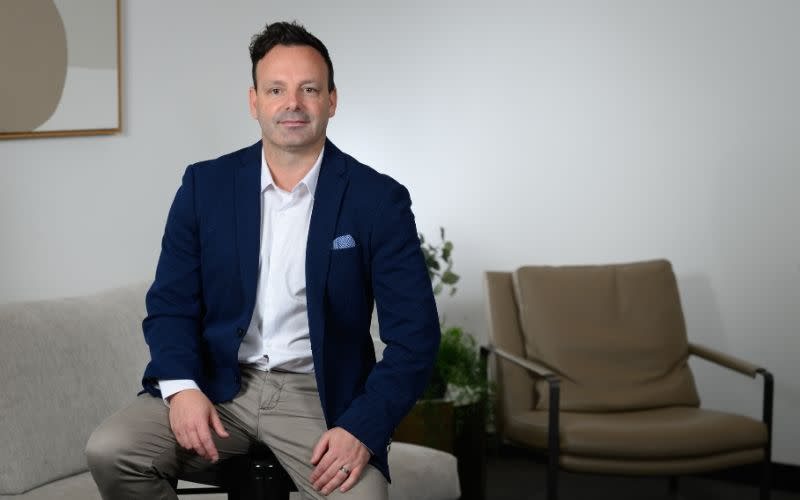
Billbergia chief development director Saul Moran says targeted planning changes could help unlock more childcare supply.
Moran says this makes some projects unviable—yet done well, the inclusion doesn’t have to come at a commercial cost.
Built in from day one
Billbergia now embeds childcare in all its major projects—Rhodes Central, Marina Square, Lidcombe Rise, Arncliffe Central, Chatswood and Concord West—planning it from day one, not bolting it on late.
At Rhodes Central, a 70-place childcare centre forms part of a $97-million Voluntary Planning Agreement with the City of Canada Bay.
It sits within the $85-million, 9200sq m Rhodes Recreation Centre—a three-level hub with sports courts, gymnastics centre, health services, gym, community spaces and a creche.
At Marina Square, the first floor has been fitted out for a childcare centre, and an adjacent 600sq m retail space is now being converted into a children’s cafe and play area.
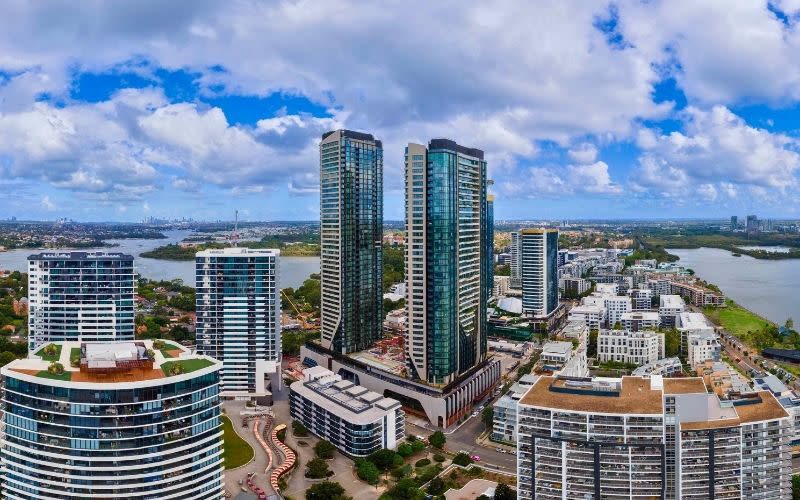
Rhodes Central, where Billbergia is delivering a 70-place childcare centre as part of its masterplanned precinct.
Moran says both the centre and the family-focused amenities have attracted strong demand.
“We think it’s critical for livability, especially for young families and intergenerational households,” he says.
Costs and delays bite
CBRE healthcare and social infrastructure team national director Sandro Peluso says these escalating expenses, alongside higher land prices, are constraining new developments, “despite ongoing government initiatives to boost affordability and capacity”.
Approval rates for new centres have been sliding by about 5 per cent a year for the past five years. About three-quarters of applications are approved, but only half are operational within four years.
“In practical terms, for every 100 development applications, only about 40 centres become fully operational within four years, contributing to a looming supply crunch,” the CBRE team’s director Jimmy Tat says.
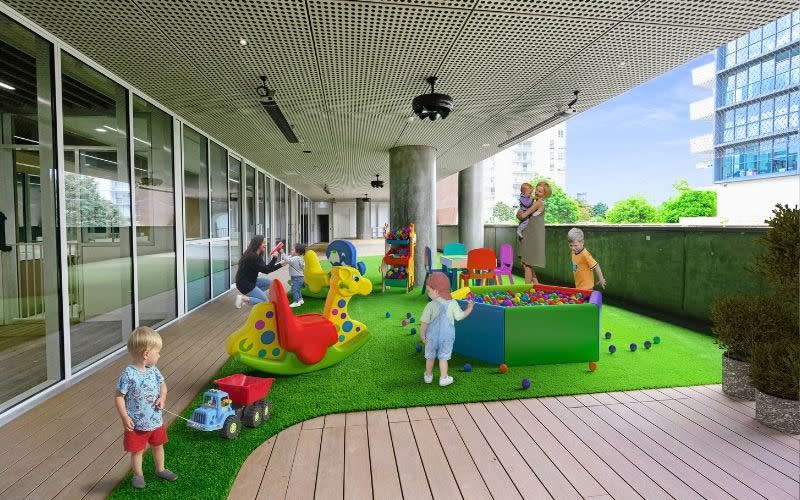
A rendering of the outdoor play area at the new childcare centre within Rhodes Central’s $85-million community hub.
One-off spike won’t last
A short-lived surge in openings is moving through the market, driven by development applications filed during the post-Covid boom in 2021-2022.
Many are now completing, pushing annual totals to a projected peak of 600 new centres in 2025.
But CBRE team associate director Marcello Caspani-Muto warns this is masking the deeper problem.
Once it passes, completions are forecast to drop by more than a quarter from 2026, with national stock plateauing at around 10,000 centres—well short of the level needed to meet policy-driven demand.
Nationwide, there are already fewer than half as many childcare places as there are children, Victoria University research shows.
In 2024, almost one in four Australians lived in childcare “deserts”—areas with more than three children competing for every place—and the worst shortages were in remote regions.
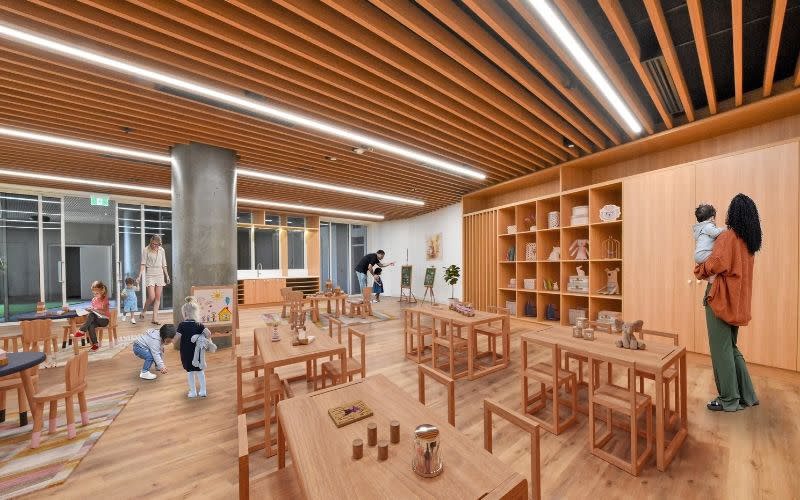
The Rhodes Central early learning centre was part of Billbergia’s plans for the childcare component from the outset.
What’s driving demand
Almost 1.4 million Australian children under five receive support under the Child Care Subsidy (CCS) scheme, Department of Education data shows, and the number keeps climbing.
Productivity Commission figures show nearly one in two Australian one-year-olds are already in early learning, with participation increasing to more than 90 per cent by age four.
From January, the Three-Day Guarantee will ensure all CCS-eligible families have access to at least 72 subsidised hours of early learning per fortnight.
CBRE expects the reforms to deliver extra subsidised hours to around 100,000 families in their first year, driving fresh demand in already constrained markets.

CBRE healthcare and social infrastructure national director Sandro Peluso, director Jimmy Tat and associate director Marcello Caspani-Muto.
The push comes on top of steady birth rates, rising female workforce participation and a shift in how parents view early learning—not just as care, but as a crucial part of child development.
The federal budget has also put $1 billion into the Building Better Childcare Fund to back new centres in undersupplied areas.
Investor appetite shifts
Ray White head of research Vanessa Rader says the past 18 months have brought a clear rebound in childcare investment, with $1 billion in transactions in 2024—up 44 per cent on the year before.
This momentum carried into 2025, with $242.1 million worth of sales recorded by May 1.
Metro markets remain the main draw—Melbourne, Sydney and Brisbane made up nearly 58 per cent of last year’s deals, but Rader says Adelaide and Perth are becoming more active.
“This year, we are seeing increased investor interest in regional markets, with areas outside major metropolitan areas accounting for 47.3 per cent of transactions so far,” she says.
The average metro yield has slipped from 5.32 to 5.2 per cent this year, with the best centres selling at just 4 per cent.
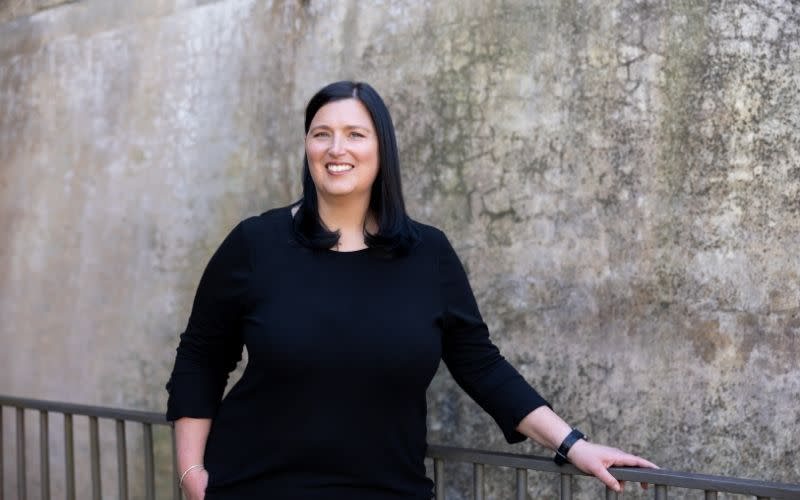
Ray White head of research Vanessa Rader says investor interest in childcare centres is rebounding and regional markets are gaining ground.
Regional centres earn close to 1 per cent more—a bigger gap than during the pandemic.
And buyer profiles are shifting.
“Buyers are being far more considered when purchasing,” Rader says.
“In the past few years we have seen a lot of first-time buyers and private investors get into the market, however many of these buyers have left during this time of higher cost of finance.
“Three or four years ago, suburban childcare centres in the $4-6 million price bracket were accessible to private investors and self-managed super funds.
“Today, many similar assets command $7-8 million plus, pushing many smaller investors out of the market.”
Owner-occupiers active during Covid have also stepped back, often opting to lease as staffing pressures bite.
Even with interest rates coming down, Rader says they have not returned in force.
“There is more hesitation, particularly in some locations where there may be oversupply due to high construction over the past few years.”
This caution has also seen more development sites come to market—a potential opening for those ready to move.



